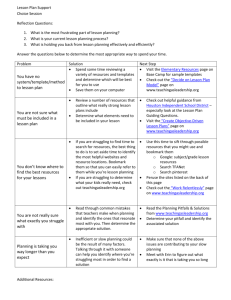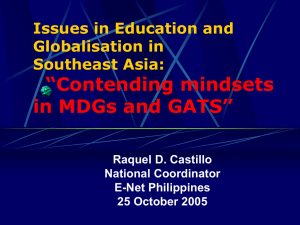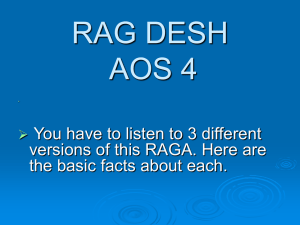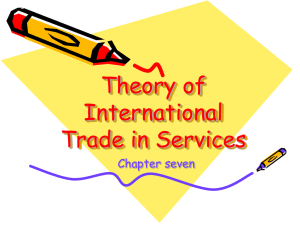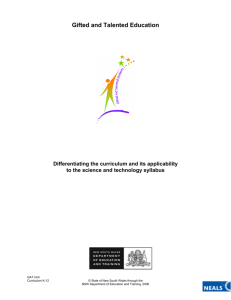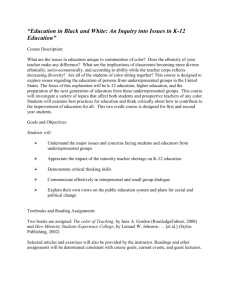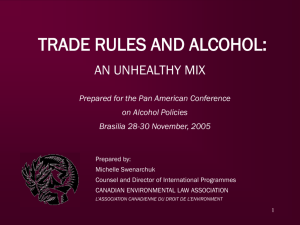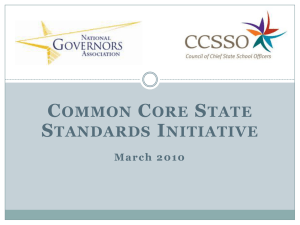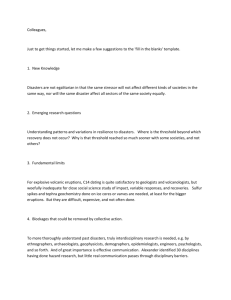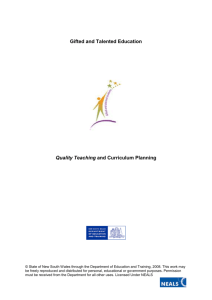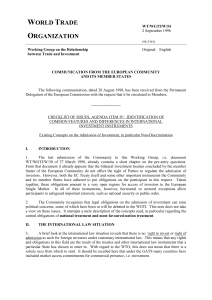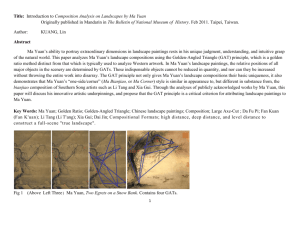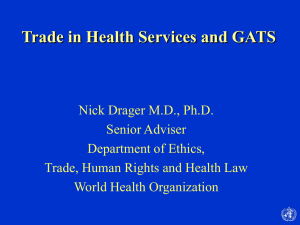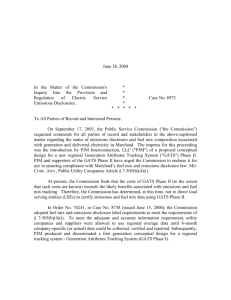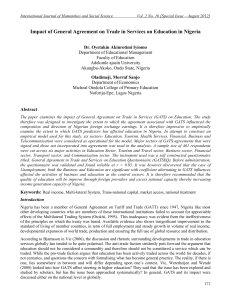Gifted and Talented Policy - Southern Cross School K-12
advertisement
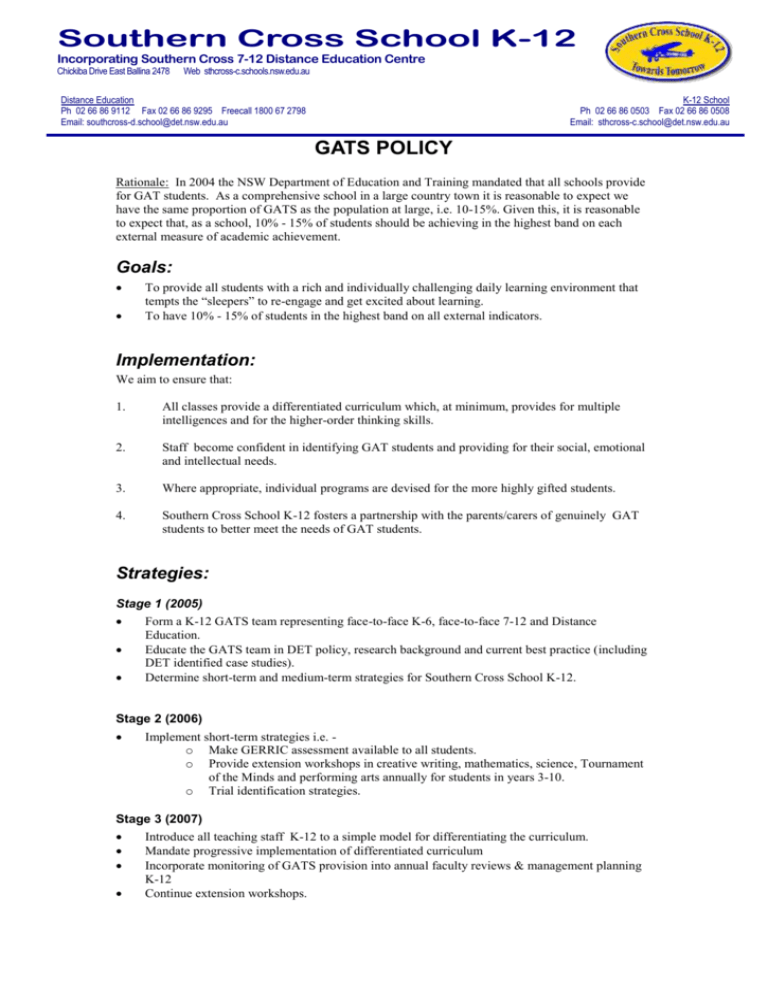
Southern Cross School K-12 Incorporating Southern Cross 7-12 Distance Education Centre Chickiba Drive East Ballina 2478 Web sthcross-c.schools.nsw.edu.au Distance Education Ph 02 66 86 9112 Fax 02 66 86 9295 Freecall 1800 67 2798 Email: southcross-d.school@det.nsw.edu.au K-12 School Ph 02 66 86 0503 Fax 02 66 86 0508 Email: sthcross-c.school@det.nsw.edu.au GATS POLICY Rationale: In 2004 the NSW Department of Education and Training mandated that all schools provide for GAT students. As a comprehensive school in a large country town it is reasonable to expect we have the same proportion of GATS as the population at large, i.e. 10-15%. Given this, it is reasonable to expect that, as a school, 10% - 15% of students should be achieving in the highest band on each external measure of academic achievement. Goals: To provide all students with a rich and individually challenging daily learning environment that tempts the “sleepers” to re-engage and get excited about learning. To have 10% - 15% of students in the highest band on all external indicators. Implementation: We aim to ensure that: 1. All classes provide a differentiated curriculum which, at minimum, provides for multiple intelligences and for the higher-order thinking skills. 2. Staff become confident in identifying GAT students and providing for their social, emotional and intellectual needs. 3. Where appropriate, individual programs are devised for the more highly gifted students. 4. Southern Cross School K-12 fosters a partnership with the parents/carers of genuinely GAT students to better meet the needs of GAT students. Strategies: Stage 1 (2005) Form a K-12 GATS team representing face-to-face K-6, face-to-face 7-12 and Distance Education. Educate the GATS team in DET policy, research background and current best practice (including DET identified case studies). Determine short-term and medium-term strategies for Southern Cross School K-12. Stage 2 (2006) Implement short-term strategies i.e. o Make GERRIC assessment available to all students. o Provide extension workshops in creative writing, mathematics, science, Tournament of the Minds and performing arts annually for students in years 3-10. o Trial identification strategies. Stage 3 (2007) Introduce all teaching staff K-12 to a simple model for differentiating the curriculum. Mandate progressive implementation of differentiated curriculum Incorporate monitoring of GATS provision into annual faculty reviews & management planning K-12 Continue extension workshops. Maintain constant reinforcement with staff, students and parents that the self select program is for motivated learners no matter their learning abilities and does not, in itself, cater for GAT students Stage 4 (2007 ) Continue professional dialogue re GATS and differentiated curriculum via staff/faculty meetings. Support the implementation of differentiated curriculum in classrooms. Continue to monitor GATS provision via faculty reviews and management planning K-12 Develop structures to better support the social/emotional needs of GAT students. Implement strategies to collect information from parents/caregivers which enables identification of GAT students entering kindergarten and plan to provide for their social/emotional/intellectual needs. Develop strategies for identifying underachievers and trial strategies for engaging them in more challenging learning situations Continue to encourage and challenge students to participate in challenging, open-ended external events such as CREST, Maths Quest, Tournament of the Minds, Southern Cross Science & Engineering Challenge, Far North Coast Dance Festival; Schools Spectacular, Rivafest songwriters Challenge, overseas immersion trips for French & Japanese language students, public speaking & debating competitions and public exhibitions of works produced in Visual Arts, Visual Design and Photography. Indicators of Success: 10% - 15% of students achieve in the highest band on all external academic indicators 50% of students in years 7 – 12 qualify for a “Top Student” award each semester Student participation and success in external events such as those above improves annually The implementation of this policy is reviewed and improved annually. S. Eastment Reviewed 2008 APPENDIX DEFINITIONS: (based on Gagner’s (2003) “Differentiated Model of Giftedness & Talent”) Gifted students are those whose potential is distinctly above average in one or more of the following domains of human ability: Intellectual, creative, social and physical Talented students are those whose skills are distinctly above average in one or more areas of human performance. OCCURRENCE: IQ Range Proportion in Population 115 - 129 1:40 130 - 144 1:40 - 1:1000 145 - 159 1:1000 - 1:10,000 160 - 179 1:10,000 - 1: million NB: IQ 115 - learn 2 x faster than IQ 100 IQ 130 - learn 4 x faster than IQ 100 Likelihood of w/i school community Very likely Likely Unlikely - D:\116099039.doc Recommended curriculum provision Curriculum differentiation Some acceleration? Acceleration - 2 CREATING SUCCESSFUL FUTURES IQ 145 - learn 8 x faster than IQ 100 ENVIRONMENT: Factors which can help or hinder the recognition of giftedness and/or the development of talent include: - Teacher expectations - Teaching practices - Learning activities - Interpersonal relationships - events - Beliefs about giftedness & talent - Socioeconomic background IDENTIFICATION: “Research indicates that, within 2 weeks of entering kindergarten, gifted students feel different and modify their performance to conform with that of the peer group”. (reference?? ) Identification (and indeed “labelling”) of GATS can therefore be problematic. It needs to be sensitive to the possibility of encouraging these students to adopt even better strategies of disguise. Identification needs to be open to information from all members of the school community and include both formal and informal means. It is important that information from parents/caregivers is collected and considered before a student enters kindergarten. “Off-level” testing can be used to determine whether acceleration should be considered for a particular student i.e. students scoring 90%+ on age-appropriate assessments are given tasks set for: o 1 year older (K-6) o 2 years older (7-12) Students who score 85%+ are a possibility for acceleration. SOCIAL/EMOTIONAL NEEDS: This is still being compiled at this stage D:\116099039.doc 3 CREATING SUCCESSFUL FUTURES D:\116099039.doc 4 CREATING SUCCESSFUL FUTURES
